
Field Mouse
The Meadow Vole (Microtus pennsylvanicus), sometimes called the Field Mouse or Meadow Mouse, is a small…

Ruffed Grouse
The Ruffed Grouse, Bonasa umbellus, is a medium-sized grouse occurring in forests from the Appalachian…

Main Street, Dawson City, July 1897
A view of Main Street, Dawson City in the Yukon, Canada in July of 1897.

Cecropia Moth
The cecropia moth is one of the largest moths found in North America. It is a member of the Saturniidae…
Larva of Cecropia Moth
An illustration of the larva of a ceropia moth. The cecropia moth is one of the largest moths found…

Yellow-throat Vireo
The Yellow-throated Vireo, Vireo flavifrons, is a small American songbird. Adults are mainly olive on…
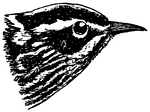
Black and White Warbler
The Black-and-white Warbler, Mniotilta varia, is a small New World warbler. It breeds in northern and…
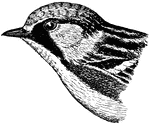
Chestnut-sided Warbler
The Chestnut-sided Warbler, Dendroica pensylvanica, is a New World warbler. They breed in eastern North…

American Redstart
The American Redstart, Setophaga ruticilla, is a New World warbler. They breed in North America, across…

Yellow-throated Vireo
The Yellow-throated Vireo, Vireo flavifrons, is a small American songbird. Adults are mainly olive on…
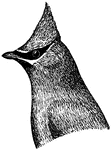
Cedar Waxwing
The Cedar Waxwing (Bombycilla cedrorum) is a member of the family Bombycillidae or waxwing family of…

American Goldfinch
The American Goldfinch (Carduelis tristis), also known as the Eastern Goldfinch and Wild Canary, is…

Io Moth Caterpillar
An illustration of a Io moth caterpillar. The io moth (Automeris io) is a very colorful North American…

American Robin
The American Robin, Turdus migratorius, is a migratory songbird of the thrush family. It is named after…
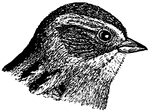
Swamp Sparrow
The Swamp Sparrow, Melospiza georgiana, is a medium-sized sparrow. Adults have streaked rusty and black…
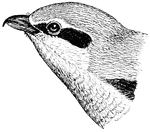
Great Grey Shrike
The Great Grey Shrike (Lanius excubitor) is a member of the shrike family. The Great Grey Shrike breeds…
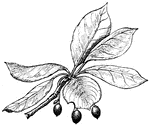
Tupelp
The tupelos, or pepperidge tree, genus Nyssa, are a small genus of about 9 to 11 species of trees with…
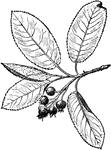
Amelanchier
Amelanchier, also known as shadbush, serviceberry, sarvisberry, juneberry, Saskatoon, shadblow, shadwood,…
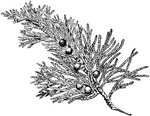
Eastern Juniper
Juniperus virginiana (Eastern Redcedar, Red Cedar, Eastern Juniper, Red Juniper, Pencil Cedar) is a…

North American Bison
The American Bison (Bison bison) is a bovine mammal, also commonly known as the American buffalo. 'Buffalo'…
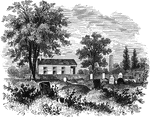
Site of British battery at Lundy's Lane
The Battle of Lundy's Lane was a battle of the War of 1812 on July 25, 1814, fought in present-day Niagara…
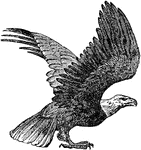
Bald Eagle
The Bald Eagle (Haliaeetus leucocephalus) is a bird of prey found in North America that is most recognizable…
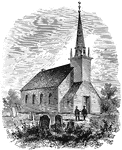
Mohawk Church
Her Majesty's Royal Chapel of the Mohawks, the oldest church in Ontario, is one of six Royal chapels…

Canada Thistle
Cirsium arvense is a species of Cirsium, native throughout Europe and northern Asia, and widely introduced…

Flounder
Flounder (also; fluke) are flatfish that live in ocean waters ie., Northern Atlantic and waters along…

Brook Trout
The brook trout, Salvelinus fontinalis, (sometimes called the eastern brook trout, Adirondack coaster…
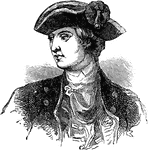
David Wooster
David Wooster (March 2, 1710 – May 2, 1777) was an American general in the American Revolutionary…

Montcalm's Headquarters
The headquarters of Louis Montcalm, the commander of the French forces in the French and Indian War.

Montmorency Falls
The Montmorency Falls form a large waterfall in Quebec, Canada, located near Quebec City.

Queenston in 1812
The Battle of Queenston Heights was a British victory during the War of 1812 which took place on October…

Battleground of Stony Creek
The Battle of Stoney Creek was fought on June 6, 1813, during the War of 1812 near present day Stoney…
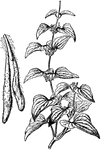
Yam
Yam is the common name for some species in the genus Dioscorea (family Dioscoreaceae).These are perennial…

Tuberous Grass Pink
The Tuberous Grass Pink (Calopogon tuberosus) is an orchid native to the eastern United States from…

Tuberous Grass Pink
The Tuberous Grass Pink (Calopogon tuberosus) is an orchid native to the eastern United States from…

Cranium of the Common Mudpuppy (Lateral View)
The Common Mudpuppy (Necturus maculosus) is a species of aquatic salamander found throughout the northeastern…
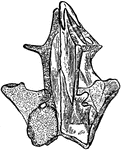
Cranium of the Common Mudpuppy (Dorsal View)
The Common Mudpuppy (Necturus maculosus) is a species of aquatic salamander found throughout the northeastern…
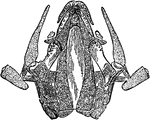
Cranium of the Common Mudpuppy (Ventral View)
The Common Mudpuppy (Necturus maculosus) is a species of aquatic salamander found throughout the northeastern…
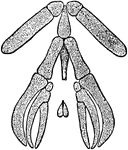
Hyoid and Branchial Apparatus of the Common Mudpuppy
The Common Mudpuppy (Necturus maculosus) is a species of aquatic salamander found throughout the northeastern…
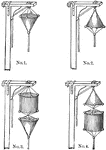
Canadian Storm Signals
"Canada Storm Signals. These signals, if displayed by day on lakes Superior, Erie, or Ontario, indicate:…

Wood Mower
The Walter A. Wood Mowing and Reaping Machine Co. manufactured this reaper. By 1860 he had an improved…

Trenton High Falls
Trenton Falls, a geologist's playground, has been inspiring generations of scientists. Referred to as…

Flag of Canada, 2009
Color flag of Canada. Two vertical bands of red (hoist and fly side, half width) with white square between…

Flag of Canada, 2009
Black and white outline flag of Canada. Two vertical bands of red (hoist and fly side, half width) with…

Red-breasted Nuthatch
"Upper parts leaden-blue the central tail-feathers the same; wings fuscous, with slight ashy edgings…

Colt Police Positive Revolver
The Colt Police Positive was a revolver manufactured in 1907. "Police-Positive Revolver. Adopted by…

Canada Mayflower
An illustration of flowering plant of the Canadian mayflower, flower (a), and fruit (b). Maianthemum…

Market Cross
A market cross is a structure used to mark a market square in market towns, originally from Western…

Canada Warbler
"Myiodioctes canadensis. Canadian Fly-catching Warbler. Canada Warbler. Bluish-ash; crown speckled with…
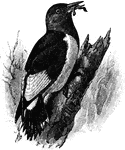
Red-Headed Woodpecker
The Red-headed Woodpecker, Melanerpes erythrocephalus, is a small or medium-sized woodpecker from temperate…
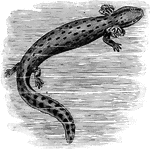
Common Mudpuppy
The Common Mudpuppy (Necturus maculosus) is a species of aquatic salamander found throughout the northeastern…

Canadian Moonseed
An illustration of "1, flowering branch of Menispermum Canadense; 2, a deeply lobed leaf; a, the male…

Canada Jay
"Perisoreus canadensis. Canada Jay. Whiskey Jack. Moose-bird. Gray whitening on head, neck, and breast;…

Barred Owl
"Strix nebulosa. Barred Owl. Hoot Owl. American Wood Owl. Toes fully feathered, nearly or quite to the…

Canada Grouse
"Canace canadensis. Canada Grouse. Spotted Grouse. Spruce Grouse. Spruce "Partridge." Adult: Head smooth,…
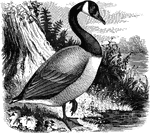
Canada Goose
"Bernicla canadensis. Canada Goose. Common Wild Goose. Tail normally 18-feathered. Bill, feet, head,…

Three Wheeled Vehicle
A tricycle is a three wheeled vehicle, while tricycles are often associated with the small three wheeled…


